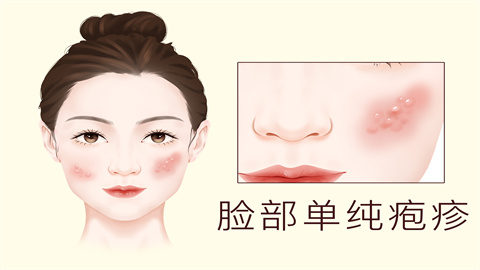What is herpes simplex virus?
Under normal circumstances, herpes simplex virus is a common type of double-stranded DNA virus, mainly divided into type 1 and type 2. It can cause skin and mucous membrane infections, often manifesting as localized blisters, pain, and other symptoms. After infection, the virus can remain latent in the body and may recur when immunity decreases. A detailed analysis is as follows:

HSV-1 primarily spreads through droplets or direct contact and commonly infects the area around the lips, causing clusters of small blisters accompanied by local burning sensation and pain. After the blisters rupture, superficial wounds are easily formed, which usually heal within 1-2 weeks. HSV-2 mainly spreads through sexual contact and primarily infects the genital area. Its symptoms are similar to those of HSV-1, but the recurrence frequency may be higher. The virus remains latent in the ganglia and can be reactivated when immunity is reduced due to fatigue, colds, or other factors, leading to symptom recurrence. In daily life, it is important to avoid close contact with infected individuals, especially when the blisters have not healed. Keeping the affected area clean and dry and avoiding scratching can help prevent secondary infections.
Additionally, maintaining a regular routine and a balanced diet to enhance immunity can reduce the frequency of viral recurrence, promote skin and mucous membrane health, and lower the risk of infection or transmission.




